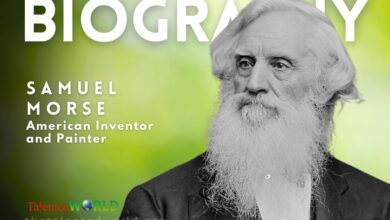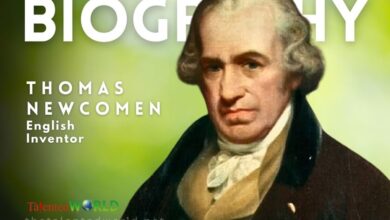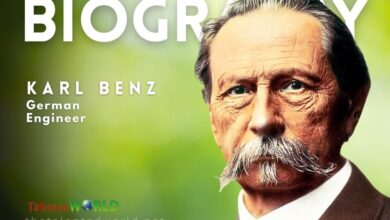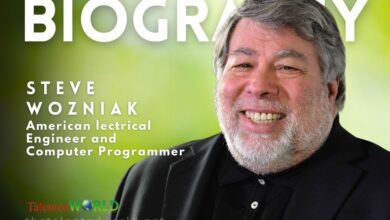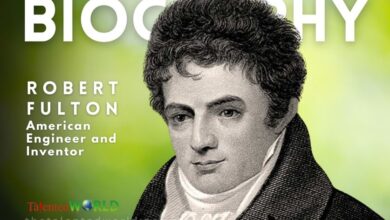Quick Facts
| Category | Detail |
|---|---|
| Full Name | Henry Ford |
| Birth Date | July 30, 1863 |
| Birth Place | Springwells Township, Michigan, U.S. |
| Death Date | April 7, 1947 (aged 83) |
| Death Place | Dearborn, Michigan, U.S. |
| Resting Place | Ford Cemetery, Detroit, Michigan |
| Occupations | Engineer, Industrialist, Publisher, Philanthropist |
| Years Active | 1891–1945 |
| Known For | Founding and leading the Ford Motor Company; Mass production of affordable automobiles |
| Title | President of Ford Motor Company (1906–1919, 1943–1945) |
| Political Party | Republican (1881–1918), Democratic (1918–1947) |
| Spouse | Clara Jane Bryant (m. 1888) |
| Children | Edsel Ford |
| Net Worth | $1.2 billion |
| Significant Achievements | Pioneering the assembly line technique, introducing the Model T, implementing the five-day work week |
| Innovations | Franchise system for car dealerships |
| Early Life | Left home at 16 to work in Detroit; worked with Edison Electric |
| Major Contributions | Revolutionizing transportation and American industry |
| Pacifism and Politics | Pacifism during WWI, promoted the League of Nations, opposed U.S. entering WWII |
| Controversies | Promoted antisemitism through The Dearborn Independent and The International Jew |
| Later Life | Resumed control of Ford Motor Company in 1943, turned over to grandson Henry Ford II in 1945 |
| Legacy | Most wealth left to Ford Foundation, control of the company to family |
| Education | Completed eighth grade, bookkeeping course at commercial school |
Henry Ford Books
| Title | Year |
|---|---|
| The International Jew: The World’s Foremost Problem | 1920 |
| My Life and Work | 1922 |
| Today and Tomorrow | 1926 |
| Jewish Activities in the United States | 1921 |
| Moving Forward | 1930 |
| The International Jew Volumes III and IV | |
| The Complete International Jew | |
| The International Jew: Aspects of Jewish Power in the United States | 1921 |
| My Philosophy of Industry | 1929 |
| Ford Ideals | 1922 |
| The Case Against the Little White Slaver | 1914 |
| The Story of Henry Ford – An American Dream Come True | |
| Edison As I Know Him | 1930 |
| Henry Ford Collection (5 Books) | |
| Quotations of Henry Ford | 2005 |
| The International Jew Volumes III and IV: The World’s Foremost Problem | |
| Cleveland Era EasyRead Comfort Edition | |
| Sidney Sime: Master of the Mysterious | |
| Dearborn Independent Magazine January 1927-May 1927 | |
| My Life and Work: Views of a World Class Genius | |
| Great Today and Greater Future | 1926 |
| The National History of the State | |
| International Jew | 1920 |
| The International Jew by Henry Ford – Volume 1 | |
| The International Jew: And the Protocols of the Elders of Zion | |
| My Friend Mr. Edison | |
| My Life And Work: An Inspirational Saga Of The Automobile Giant Ford | |
| Henry Ford: The International Jew Volume One, Footnoted Edition | |
| My Life and Work Vol 1 | |
| Henry Ford: The International Jew | |
| The Scotch-Irish in America (1915). By: Henry Jones Ford: History Colonial Period, Ca. 1600-1775 | |
| The International Jew by Henry Ford – Volume 3 | |
| Classic Collection of Autobiographies. Illustrated: My Inventions, Highlights of His Life, The Story of My Experiments with Truth and others | |
| Washington and His Colleagues – Scholar’s Choice Edition | |
| The History of Putnam and Marshall Counties | 2016 |
| Ford Ideals: Being a Selection from Mr. Ford’s Page – Scholar’s Choice Edition | |
| Good Morning | |
| The amazing story of Henry Ford, the ideal American and the world’s most famous private citizen | 1922 |
Henry Ford Movies
| Title | Year |
|---|---|
| Some Call It Greed | |
| Europa: The Last Battle | 2017 |
| Crazy, Not Insane | 2020 |
| The 24 Hour War | 2016 |
| The Life and Times of Hank Greenberg | 1998 |
| The Shadow of Hate | 1995 |
| The Tramp and the Dictator | 2002 |
| Brothers on the Line | 2012 |
| Shelby American | |
| Protocols of Zion | 2005 |
| The American Road | 1953 |
| The Surf Zone | |
| I Never Forget a Face | 1956 |
| HISTORY OF THE CAR | |
| They Filmed the War in Color: The Pacific War | 2003 |
| Edison |

